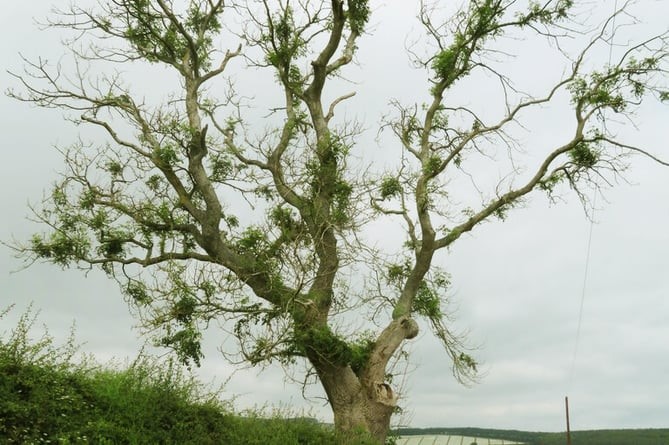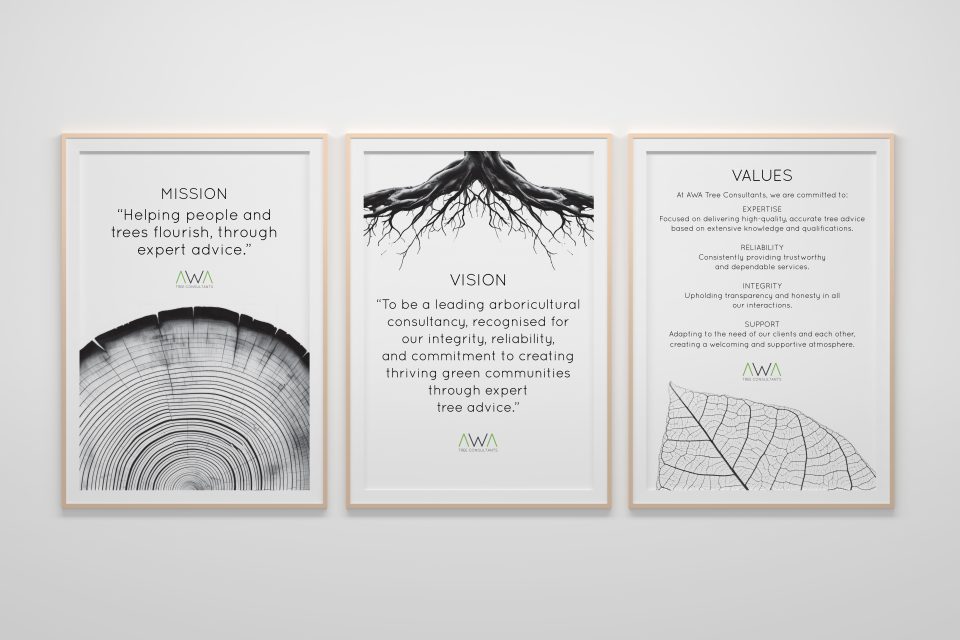AWA Tree Consultants – New Brochure
10th October 2013
Trees are the most civil society
25th November 2013Messing About on the River
Originally built to serve the needs of trade and industry, the iconic aqueducts, lock gates and bridges are technically and architecturally impressive historical features. However, what struck me most was how the waterways have now become a haven for nature. They form a vast network of green (and blue) spaces running from remote rural areas to city centres. Often hidden and ignored, these are micro-nature-reserves than run right into the heart of some of our most industrial towns and cities.
A Risky Business?
There has been increasing concern over the risks posed to the public by falling trees and branches. A relatively small number of accidents involving fatalities and serious injuries have been prominently reported in the media and there have been a few high profile criminal prosecutions and civil cases arising. The risk of injury to the public remains extremely low, and only a very small percentage of these incidents have occurred on the waterways. Since 1997, when statistics were first compiled, there has been only one fatal accident on a canal caused by a falling tree. Yet although the overall level of risk of public harm from trees is low, this is not the only issue to consider. The Canal and River Trust, (previously British Waterways) was formed to manage the waterways, and they have a legal duty of care to take a balanced and proportionate approach to tree safety.
Part of this management includes planned inspections to identify trees or limbs at risk of falling and recommending remedial action when necessary – which is where we came in! The land around the waterways has thousands (millions?) of trees within falling distance of people and property, so qualified arboriculturists were needed to survey trees as part of a tree management programme that considers reasonableness and practicability.
Feeling Blue?
The links between trees, green-space and human wellbeing are now becoming established – but what about blue space?
A smaller, but growing, body of evidence suggests that time spent in or near water environments can promote health and wellbeing. Water is one of the most important landscape elements and researchers have begun to show that people generally respond positively to the presence of water and that it has positive impacts on emotion. Interestingly, researchers have also found that “admirable human urban design enhance the aesthetic values of blue spaces.”
In light of this, the 2000 miles of easily accessible and free to explore canals and rivers provide an excellent and undervalued resource to improve the wellbeing of residents of our towns and cities. England’s waterways, with their trees, iconic architecture, canals and rivers, have the potential for manifold positive impacts on human wellbeing.





